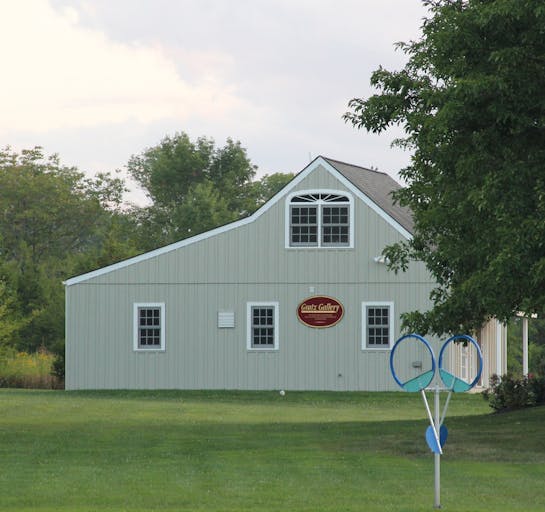Jacob Lawrence
1917 - 2000

Jacob Lawrence
1917 - 2000
Born in Atlantic City, New Jersey, Jacob Lawrence became known for his narrative series of tempera paintings expressive of his own life and that of his black peers who migrated from the South to the North. His vivid collage-appearing canvases typically had bold planes of color and symbolic elements of African-American heritage of struggles, aspirations, and accomplishments.
Lawrence's style was wide ranging, but he was most associated with narrative Synthetic Cubism whose popularity and uniqueness were suppressed by the advent of Abstract Expressionism. His major work, The Migration of the Negro, was a social-realist culmination of the art of the 1930s and not a harbinger of new styles.
He was born in 1917 in Atlantic City, New Jersey, the son of parents who moved North in search of work. His father abandoned the family in 1924, and Lawrence and his siblings were in foster homes before reuniting with their mother and then moving to Harlem in New York in 1930.
In New York, he took children's art classes and later, dropping out of high school, worked at a laundry and printing plant and took art training from Charles Alston at the Harlem Community Art Center. At the Center, he associated with a number of influential black people including painters Aaron Douglas and William Johnson.
In 1936, he did the first work that brought him significant attention, and this was a satirical series on street life in Harlem. The next year, he began a narrative series of tempera paintings on the life of Haitian independence leader Toussaint L'Ouverture. In 1937, Lawrence completed a thirty-two piece series on the life of Frederic Douglass, and in 1938, he did thirty-one paintings on the life of Harriet Tubman.
In 1940, Lawrence painted what would become his best-known narratives, The Migration Series, sixty storybook panels on the life of the Negro moving, as did his parents, from South to North following World War I. For these works, he relied heavily on research he did at the Schomburg Collection, a repository in Harlem of Black American history.
His working methods for his narrative cycles involved making detailed preparatory drawings and then applying color, one at a time, to each piece of paper, so that colors of the same palette were mixed all at once and then applied simultaneously.
During World War II, Lawrence served in the Coast Guard and was assigned to the first racially integrated ship in United States history.
In 1946, he began teaching at Black Mountain College in North Carolina at the invitation of Josef Albers. He also taught in New York at the Art Students League, New School for Social Research, Pratt Institute, and in Maine at the Skowhegan School. In 1971, he became a professor of art at the University of Washington in Seattle where he retired in 1986 as professor emeritus.
In the 1960s and 1970s, he continued to paint subjects that referred to racial and social issues of black Americans, and he has given much financial aid to organizations addressing these problems. In his later years, he worked on many commissions including the design of a 72-foot long mural that will be installed in 2001 in the New York Times Square subway station.
In 1996, a traveling exhibition titled "Jacob Lawrence: The Migration Series" was held, and it was a narrative of black Americans. The Catalogue Raisonne of his work is being prepared in Seattle by Peter Nesbett and Michelle DuBois and will be published by the University of Washington Press.
Lawrence died in Seattle on June 9, 2000. The year before he and his wife of 59 years, painter Gwendolyn Knight, established a foundation to create an art center in Harlem named for Lawrence.
